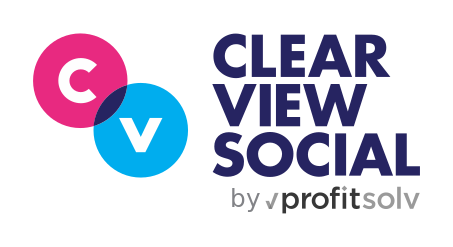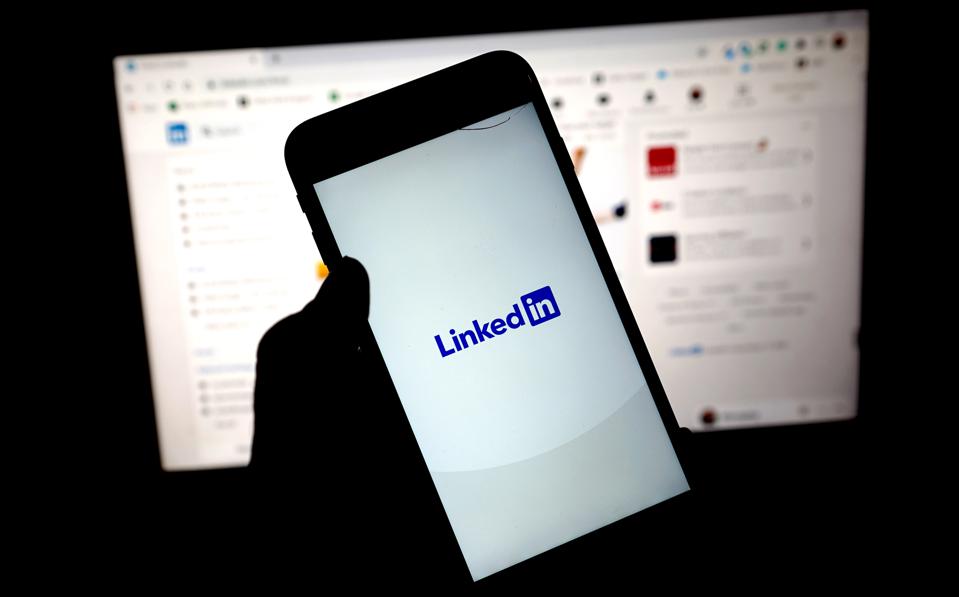As originally seen on Forbes
Making LinkedIn work may seem like a daunting task to some, but in actuality, it’s simple, easy to use, and will increase your professional success tenfold.
I commonly get asked what type of content should people share on LinkedIn. Would you ask Michelangelo how he painted the Sistine Chapel? Hamilton how he wrote the Federalist Papers? Beethoven how he wrote the Moonlight Sonata? Maybe you would, maybe you wouldn’t – but fortunately, choosing what to share on LinkedIn is much simpler. Here are five types of content I recommend you incorporate into your sharing strategy.
1. Content for Discussion
Engaging content, by far, is one of the best ways to get people interacting with you on LinkedIn. Find an article that you find interesting, bonus points if it’s in your area of expertise, share it, and add your own comment on why you find it interesting. Why is this piece of content important? What do you think is the most important part people should pay attention to? Give them a reason to care about the information you just posted.
And then, this next piece is probably the most important, finish with an open-ended question. Encourage people to comment. To engage. Sometimes it also helps to have a peer to team up with, you always comment on her content and she does the same for you.
2. Cross-Selling Content
One of the biggest challenges in professional service businesses is to get referrals between partners within your own business. It just seems like such an imposition to cross-sell that many professionals don’t do it. When you realize however that it is 5 to 25 times more expensive to get a new customer than it is to keep an existing one (according to the Harvard Business Review), it makes sense to grow through cross-selling. Sharing the content of your peers is the easiest way to sell their expertise in a natural way without appearing like you are tying to sell them something.
My software company, Clearview Social, tries to make this simple, by allowing firms to send email prompts to share content written by peers in your organization. Professionals can just click a couple of buttons and share useful content to their network and in the process introduce their clients to their trusted colleagues.
3. Evergreen Content
Evergreen content is content that is relevant yesterday, today and a year from now. Think: tax deductions tips for small businesses (evergreen content for a tax CPA) or employee handbook tips (employment lawyers.) This is the Cobra Kai of content. Why? Because Cobra Kai never dies.
Evergreen content is content that is always in season. Always useful. Most e-books will fill this role, one I created years ago, still serves as an effective marketing piece because the concepts continue to be useful and relevant.
Good evergreen content can be posted anytime, anyplace, and over and over and over again.
4. Long Tail Content
Long Tail content is the polar opposite of evergreen content. LT content is extremely niche and possibly time-specific, so it’ll jump to the top, heights that evergreen content won’t hit, but it won’t last their long. For example, posts about PPP loans for microbrewery owners. Very niche, very specific, but the people who need it really need it.
The smaller the niche, the better. When you tighten the audience, you have less competition and that is what Long Tail focuses on, a tight knit group that NEEDS the information that you have.
5. Props for Peers and Pals
Do you know what the Wild West of LinkedIn needs more of?
Love and friendship.
If your friend at work just won a major award, let them know how proud you are of them. Congratulate people, spread the love. I don’t want to sound like too much of a New Age Hippie, but let people know that you care about them.
People are thankful and you’ll feel better for it, too. Not surprisingly, celebratory announcements are some of the most shared, liked and viewed posts on the entire Clearview Social platform, and we process millions of shares each year.
I hope to see you there. If you have any questions you’d like to see answered about LinkedIn, tweet me @adriandayton.
As originally seen on Forbes

